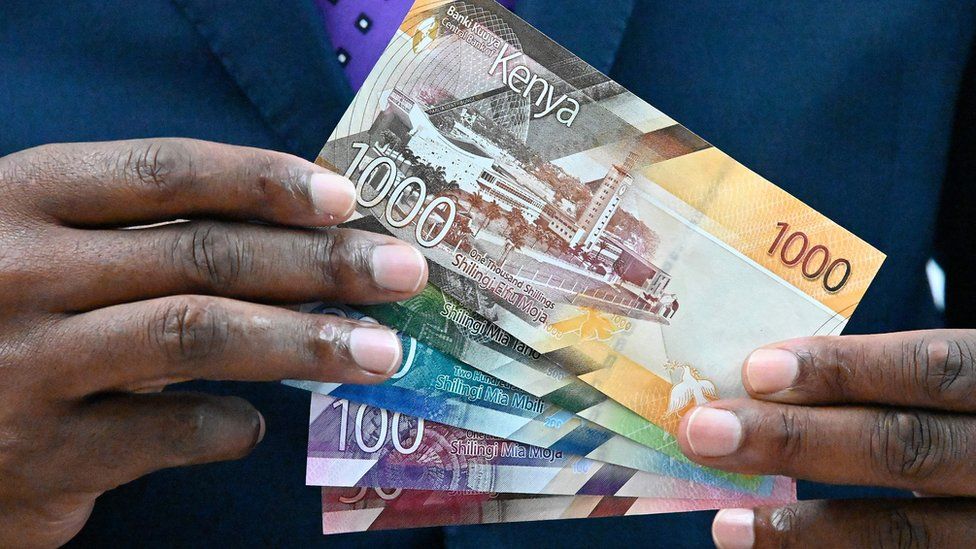At Shamas Car Parts, an extra part shop in Nairobi, Kenya, business is slow nowadays.
The effect of areas of strength for a dollar is felt. It adds to making other nations’ imports more costly and more neighborhood money is expected to change over into dollars.
This is compounding monetary distress when the Kenyan pushing is down 6% this year.

“Once in a while you observe that there is an increment of around 10-25% in the expense of an extra part inside a time of perhaps six to a year, which individuals are not expecting”, Michael Gachie, buying chief with Shamas Car Parts says.
“For our purposes, this moment we are in discount and retail of parts and you see that as a large portion of the clients are grumbling a ton”, the director closes.
Proceeded with misfortunes
As indicated by the benchmark ICE U.S. Dollar File, the dollar is up 18% this year against a container of key monetary forms.
“We are proceeding to lose. I used to take my youngsters for occasions. They can’t partake in those occasions any longer on account of the debilitating pushing. We need more incomes to put it about in the house”, Albert Chege says.
the expense of fuel and imported spare parts is taking off such a lot of that certain individuals are deciding to jettison their vehicles and take public transportation.

To battle US expansion running at its quickest rate in 40 years, the Central bank has raised its benchmark transient loan cost multiple times this year with overall results.
Kenya’s national bank likewise raised its benchmark loan cost by the greatest edge in over seven years last September.
The money of East Africa’s biggest economy has been sliding to record lows against the dollar. As of October 18, 1 U.S dollar sold 121.1706 Shillings when on August second, it sold 119.0118 Shillings.
Numerous different monetary standards are likewise doing terrible. The Indian rupee has dropped over 9% this year against the dollar, the Egyptian pound 20%, the Turkish lira a bewildering 28%.
Normally, nations could get some advantage from falling monetary forms since it makes their items less expensive and more aggressive abroad.
However, right now, any addition from higher commodities is quieted in light of the fact that financial development is faltering all over.